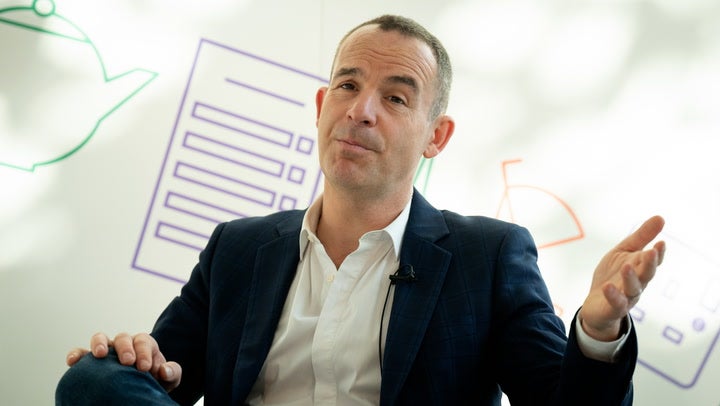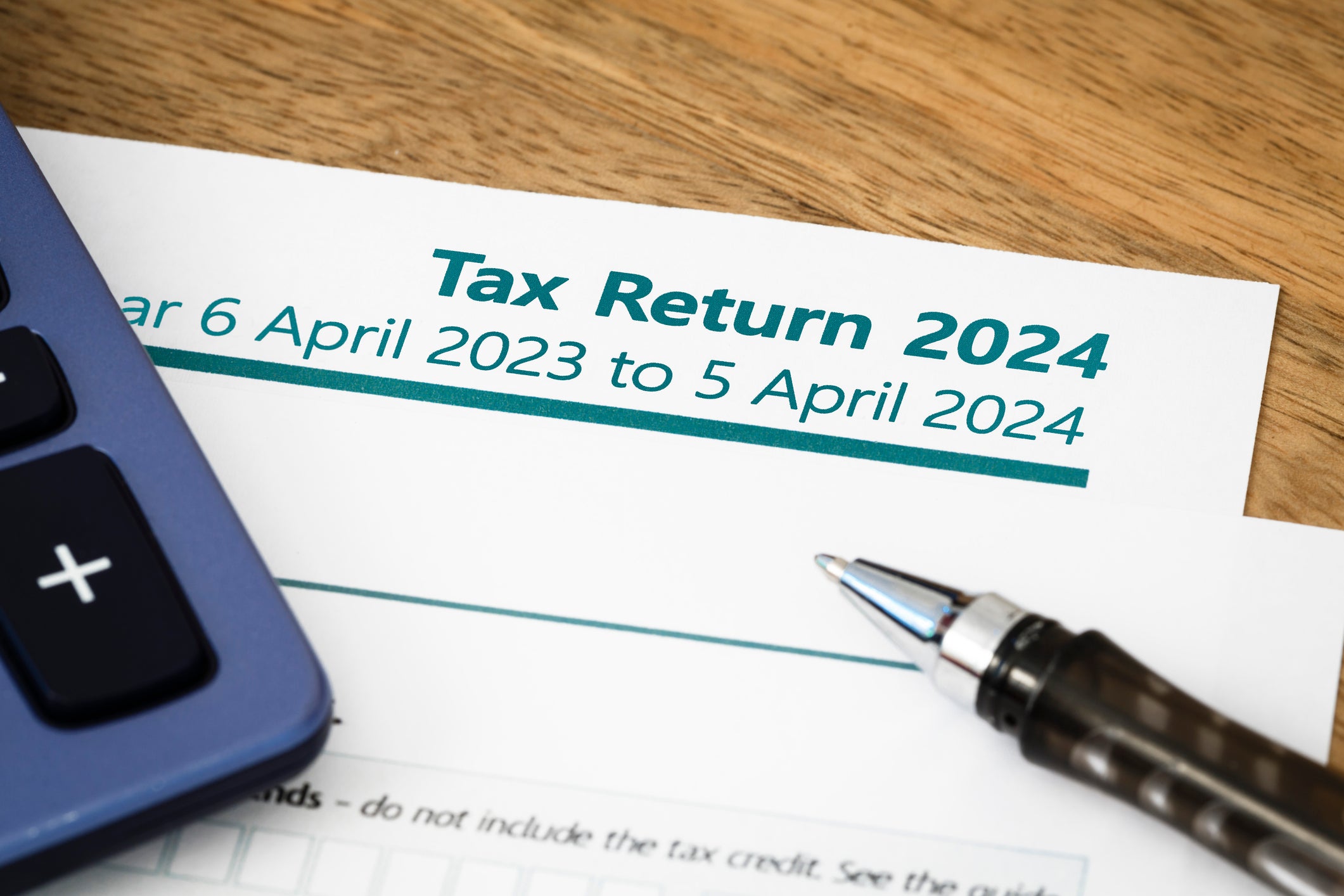
As the deadline for submitting a self-assessment tax return fast approaches, millions are remain at risk of breaking HMRC rules. Data from the tax authority showed that 3.8 million people still needed to do theirs with just a week to go – and those who forget to file face major penalties.
The tax return is a way for HMRC to ensure those who don’t make tax contributions through regular wage deductions are still paying their fair share. Most people who make a living as a self-employed earner will need to fill one out.
Money guru Martin Lewis has warned anyone who has not completed their self-assessment tax return to get it to HMRC as soon as possible.
Speaking on ITV’s The Martin Lewis Money Show before the deadline, the finance expert said: “Do not delay it. The phone lines get busier, it gets tougher, it gets more difficult if you have a problem. If you have a self-assessment tax return to do, get it done – it’ll make your life easier.”

The first essential thing to know if whether you need to fill out a tax return or not. There are several other groups of people who need to file a self-assessment tax return. The HMRC says you may need to file one if you:
If any of this applies to you, you must fill out the return by 31 January 2025. There can be hefty financial penalties for failing to meet this deadline, which can reach over thousands of pounds if action is not taken.
Here are five of the most important mistakes to avoid when filling out your forms:
Registering with HMRC is a must
This is one of the easiest and most common mistakes. To complete your self-assessment tax return, you must have your Unique Taxpayer Reference (UTR). This is a unique ten-digit number that will allow HMRC to identify you.
Anyone who has not previously completed a self-assessment tax return must register with HMRC to receive a UTR. However, it can take 10 to 15 days for this to be sent after registration, meaning it must be done in good time.
It is also essential that anyone filling out their return has their National Insurance number to hand, as this will be needed on the forms. This can be found on certain documents like a P60, in your personal tax account, or on the HMRC app or website.
Remember to factor in Child Benefit
It can be easy to forget, but those with a high-income and in receipt of Child Benefit will likely need to fill out a self-assessment tax return – even if they’re not self-employed. This also remains the case if the Child Benefit is given to a spouse or themselves.
Mr Lewis explains: “If you earned over £50,000 in that tax year – remember the threshold is higher now, but this is for the 23/24 tax year - and you got Child Benefit, you need to do a self-assessment.”

It will needed to be included on the return as ‘High Income Child Benefit Charge,’ and will see some or all of the benefit paid back to HMRC.
Don’t forget the rules for online sellers
From January last year, new rules were introduced to ensure that entrepreneurs that make money from websites like Vinted, eBay and Etsy are paying the correct amount of tax.
Online marketplace platforms like these are now required to collect information about UK sellers to share with the HMRC. They will only do this for sellers who sell 30 items or more a year or have total earnings over £1,700.
However, whether you will need to fill out an assessment depends on how much money is made. There is a £1,000 tax-free limit, so most earning under this on the platforms won’t have to pay.
Expenses: Know what can and can’t be claimed
HMRC allows self-employed earners to deduct some of the costs of running a business from their taxable profit. This can include office costs, travel costs, staff costs and much more. But there are rules around what should – and should not – be counted.
It is the responsiblity of the person filling out the forms to ensure that only the allowed expenses have been claimed, not HMRC’s. Over-claiming expenses could lead the tax authority to take action.

This also means it is good to be aware of what is considered a deductible expense. HMRC is not going to know if you’ve forgotten to include something on your return, so it’s good to be sure you know what’s allowed.
Guidance on expenses for self-employed earners is provided by HMRC.
Have you included everything?
Alongside the main tax return, supplementary pages may need to be filled out to cover certain additional income. This could include lump sum payments, foreign earnings, stock dividends or profit from property. HMRC provides guidance on this on its website.
Once you are happy everything is included in your tax return (be sure to triple check!) it’s time to send it to HMRC. Be aware: for the return to be valid it must be signed and dated, and the orginal document, not a photocopy, or filed online using HMRC’s system.
When investing, your capital is at risk and you may get back less than invested. Past performance doesn’t guarantee future results.







